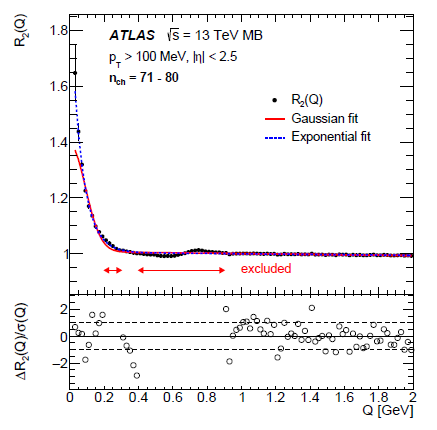Like the vast majority of readers of this column, I very strongly condemn the Russian invasion of Ukraine and the ensuing atrocities. War is never an answer to international controversies. And I would like to add: I am in favor of all sanctions that financially hit the aggressor, including cutting Russia from use of international banking circuits and similar impactful actions.
That said, I will say here what I think about this ongoing rush to find ways to hurt a country whose citizens are largely innocent of their leader's crimes. I think most of these creative initiatives are counter-productive, reaching the nonsensical, the irrational, and the plain nuts.
Over the course of the past two decades we have witnessed the rise of deep learning as a paradigm-changing technology. Deep learning allows algorithms to dramatically improve their performance on multivariate analysis tasks. Deep neural networks, in particular, are very flexible models capable of effective generalization of available data, with unbeatable results in their predictions. Indeed, from the outside, nowadays it looks as if the game changer in predictive analysis was the construction of large neural network architectures. But it was not.
The behaviour of matter at quantum level includes a number of surprising effects, which we are lucky enough to be able to study and observe in different physical systems. Some of these effects are due to the radically different properties of particles endowed with integer amounts of spin (which we call bosons), and particles endowed with half-integer amounts of spin (which we call fermions).
Creativity is one of the things that really makes us human - in fact, a number of human activities which we identify as specific of our nature, and which we believe could hardly be mimicked by artificial intelligence, rely on our inventiveness and capability of creating new objects, images, concepts, methods, or finding new purpose in old tools. Art, among all of these activities, is the quintessential result of our willful act of creating beauty - or even ugliness, if that is considered a worthy pursuit by the artist.
Although unconventional, the ideas of Gregory Ryskin on vacuum energy sound interesting to me, so I invited him to share them with you in this guest post.
Ryskin's physics journey began with fluid dynamics, first in Russia, then in the US, at Caltech. Later, the flow of complex fluids, such as polymer solutions or liquid crystals. Then Brownian motion and Markov processes. In 2000, he became interested in geology and geophysics, particularly in the causes of mass extinctions and the origin of the Earth’s magnetic field. His current research is focused on cosmology. His academic home is Northwestern University, Department of Chemical and Biological Engineering.
The text below is Gregory's.
---
If you are a follower of Science20, you probably know that I have always been very liberal in this column about what deserves to be mentioned as a possible new idea in Physics. I even invited some "non-conventional", independent scientists to write about their own ideas and pet theories here, in many occasions. I do not think this collides with the main purpose of this blog, which is to discuss real science and do some proper outreach and dissemination. In fact, I find it instructive and enlightening on what really Science is.
 Conferences Good And Bad, In A Profit-Driven Society
Conferences Good And Bad, In A Profit-Driven Society USERN: 10 Years Of Non-Profit Action Supporting Science Education And Research
USERN: 10 Years Of Non-Profit Action Supporting Science Education And Research Baby Steps In The Reinforcement Learning World
Baby Steps In The Reinforcement Learning World Restoring The Value Of Truth
Restoring The Value Of Truth







